|
Experiential learning resources for the innovative educator
Last night my three-old tried to climb out of the bathtub by herself. I helped her back in the tub and explained to her that the bathtub ledge is smooth and wet, and therefore, slippery. She then removed the bathmat from the tub floor and swung it over the ledge, and again, began to climb out. She explained that the rough texture of the bathmat made the edge of the tub less slippery so that she could climb out safely by herself. My 3-year-old did this. Toddlers have the capacity to problem-solve, as do preschoolers, elementary students, middle schoolers, teenagers, and so on. With a little guidance, they can be problem-solving champs! Every facet of life necessitates the ability to recognize problems and come to solutions, such as building and nurturing healthy relationships, raising children, home maintenance, success in careers and college, personal health, and more complex global issues like pandemics and natural disasters. The world around us continues to evolve in profound and unprecedented ways. Educators have an imperative responsibility to help nurture and strengthen that skill. Twenty first-century humans, regardless of age, regardless of context, must know how to face problems, how to work through the unexpected in a world of perpetual uncertainty, and come to logical and effective resolutions. As I've said in my other posts on 21st-century skills, content and skill development are not mutually exclusive. You do not need to put your content to the side while you work with learners on problem-solving. Check out the following learning activities that incorporate problem-solving by design. There are other options not listed here, but the ones mentioned below are those that I've spent time fine-tuning because I've seen powerful results. If you happen to be interested in helping learners develop a variety of skills, check out 21st-Century Skills Portfolio in my TpT store. Otherwise, give some of the learning activities below a shot. Learning Activities That Build Problem-Solving SkillsI choose experiential learning activities for my students as often as humanly possible, which means learning is student-directed, learners are actively involved, and reflection is built into every experience. The following activities, include each of these elements, which is why I turn to them to help learners practice problem-solving. Problem-Based Learning: This is one of my favorite learning experiences for building problem-solving skills. In problem-based learning, students observe real-world, complex, open-ended issues and develop a plan to solve the problem. Learners come to solutions by researching different perspectives, conducting experiments, talking with experts, analyzing the variables, determining several options to solve the problem, and weighing the pros and cons of each option. The results is a powerful combination of content knowledge and many 21st-century skills, including problem-solving. It also crosses disciplines; always a plus. For example, buckthorn is an invasive species that is devastating forest communities around Minnesota. As a problem-based learning activity, students would research the natural history of buckthorn as well as the structural and behavioral adaptations that have allowed them to be so successful. Learners would look into solutions currently in place. They would research ways to eradicate and prevent the problem. They might even develop original solutions to the problem. They would then weigh their options and develop a comprehensive plan to solve the problem of buckthorn takeover in MN. That is problem-based learning at it's finest. Head to Experiential Learning Depot on TpT for my problem-based learning resource on invasive species and other problem-based learning resources. Inquiry-Based Learning: Inquiry-based learning is when students make observations about the world around them, ask questions, and come to their own conclusions through experimentation and/or investigation. Inquiry-based learning starts and ends with the students. When educators rely on lecture and other forms of teacher-centered relaying of information, learners aren't problem-solving. Open inquiry often results in dead ends, unanticipated results, uncooperative sources, etc. that demand that learners take a step back, reflect, analyze the problem, and try something else. For more posts on inquiry, click the inquiry-based learning link to your right. You can also check out a variety of inquiry-based learning resourcesat my TpT store. Project-Based Learning: Project-based learning is a wonderful tool for developing problem-solving skills. Innovation, authenticity, and community impact all set PBL apart from other styles of teaching. Learners are immersed in the community by default, so have many opportunities to observe and identify problems that are relevant and close to home. This is especially true when projects are designed to impact the community. My community action projects on TpT ask students to identify problems/issues in their own communities and take action. Click here for other PBL resources on TpT, and here for most posts on project-based learning. Maker Education: Design thinking is a great way to practice problem-solving skills, and "making" is one way to utilize design thinking. The best maker activities that incorporate problem-solving are those that ask students to design and create something that literally solves a problem. I had a student in my environmental science class that designed and created an entire line of clothing from upcycled materials to reduce clothing waste, for example. Making also naturally leads to problem-solving. Prototypes rarely match final outcomes. Students start with a vision, they try some things out, use materials that they think will do the trick, inevitably run into obstacles, reflect, try something else, and so on and so on, until they have created a working final product. A few days ago I asked my kindergartener to build a contraption that could rescue a "monster" from lava. His goal was to make something using household items that could pull his monster toy to safety without stepping in the lava (crossing the line). I have had my high schoolers do a similar activity, but it was related to natural selection. They learned content while practicing problem-solving through trial and error. Check out some of my maker PBL challenges that combine elements of project-based learning and design thinking. Play: Play, especially when unstructured, is highly influential when it comes to skill development. In play, children themselves create rules, they make-believe, work together, and work through their own dilemmas. Social emotional skills emerge such as empathy, compassion, self-control, and expression of feelings. Twenty-first century skills come onto the scene as well including team-work, communication, flexibility, creativity, and problem-solving. My oldest child started kindergarten this year. I have had doubts about sending him to a play-based preschool. The transition from two diametrically opposed learning environments has been jarring for everyone. Then I remind myself that his ability to cope with this new experience, to persevere through the transition, to express his fears and worries, to communicate with his teacher, and problem-solve can in part be credited to his preschool experience. I urge you! Let them play! There are of course many other ways for children to practice problem-solving such as travel, service learning, STEM and STEAM, nature-based learning, team-building activities, current events discussions, analyzing case studies, and even casual conversation. Not all learning experiences are organized and structured. We learn about the world around us by living in it. What will NOT boost problem-solving skills are lectures, drill worksheets, and textbook readings. Those methods of instruction involve very little independent thinking. I understand that they have their place on occasion, but not when it comes to fostering generations of problem-solvers.
Ask yourself what you are doing with your students to help them build problem-solving skills. If your answer is "not much", consider trying out some of the activities here, or asking yourself another question; why not? If you need convincing, head back to some of my other posts about 21st-century skills. If your answer to the first question is a resounding "so many things!" I would love to hear about your experiences! Happy problem-solving! Follow Experiential Learning Depot on Pinterest, Instagram and LinkedIn Observe. Question. Explore. Share.
0 Comments
Your comment will be posted after it is approved.
Leave a Reply. |
Blog IntentTo provide innovative educational resources for educators, parents, and students, that go beyond lecture and worksheets. AuthorSara Segar, experiential life-science educator and advisor, curriculum writer, and mother of two. Categories
All
|
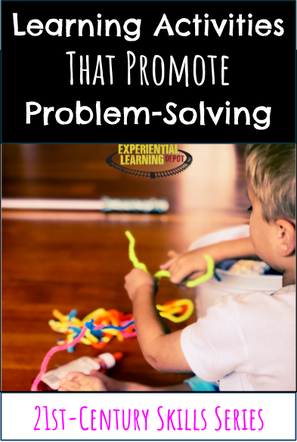
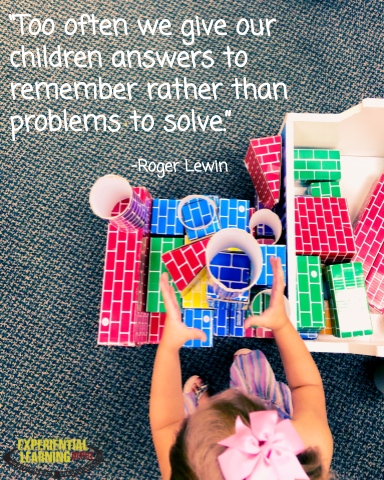
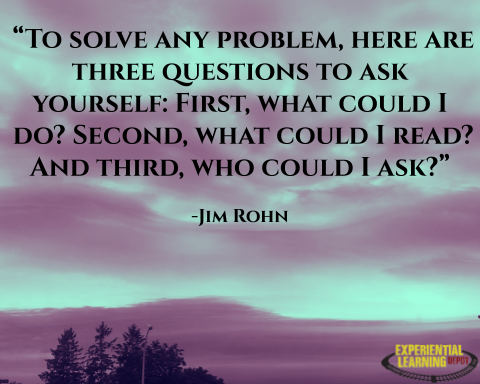
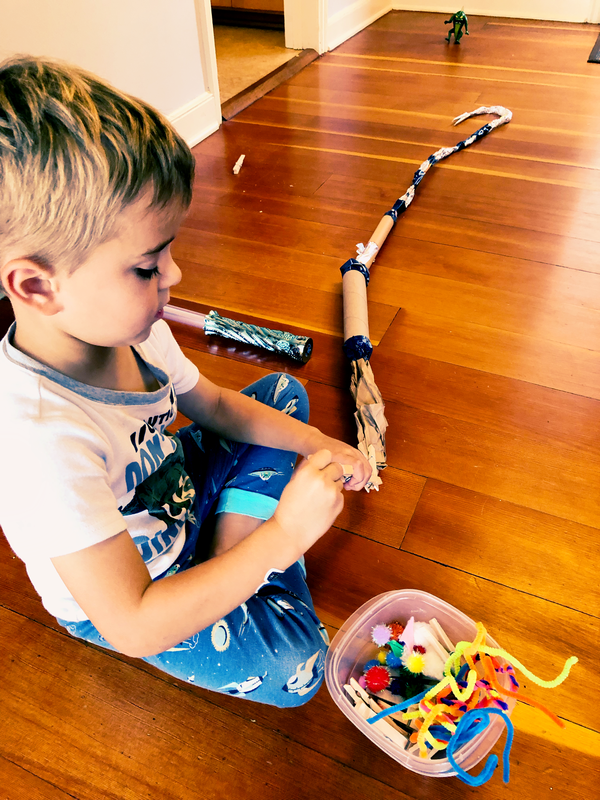
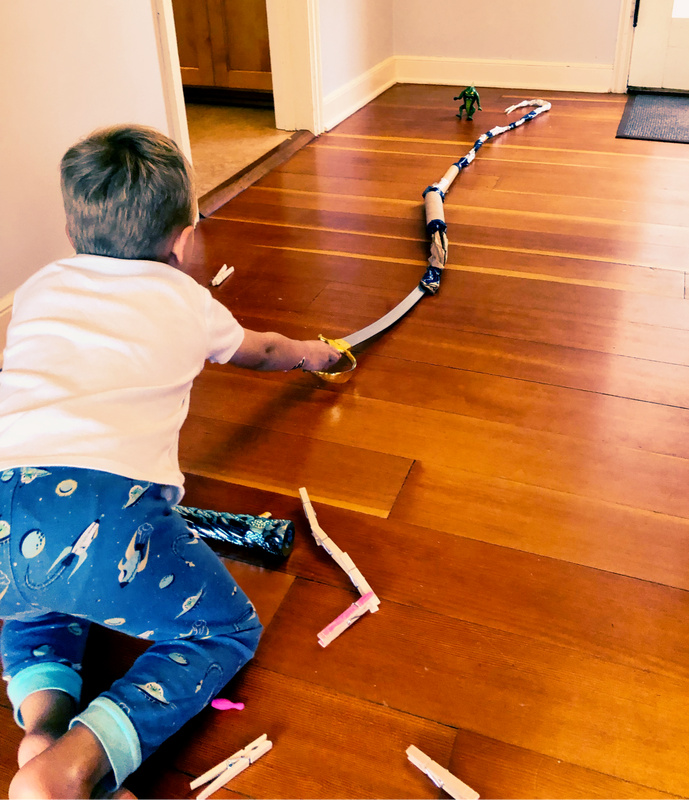
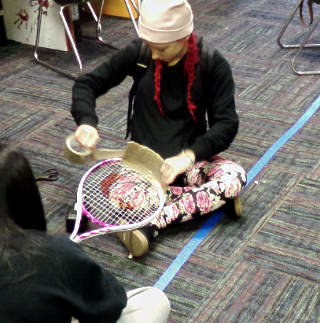
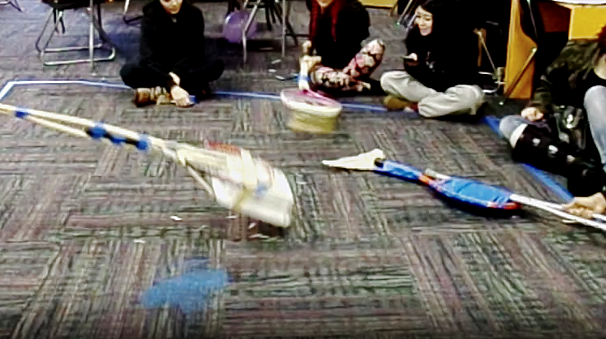
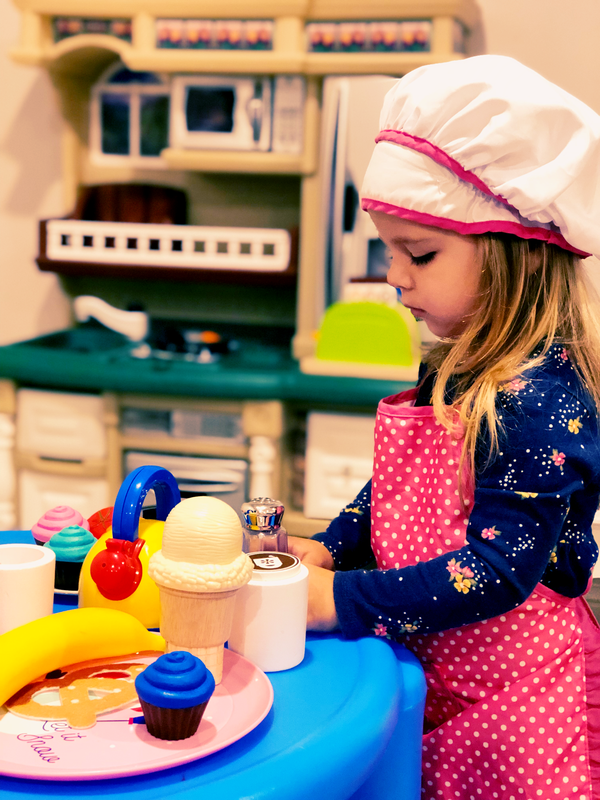
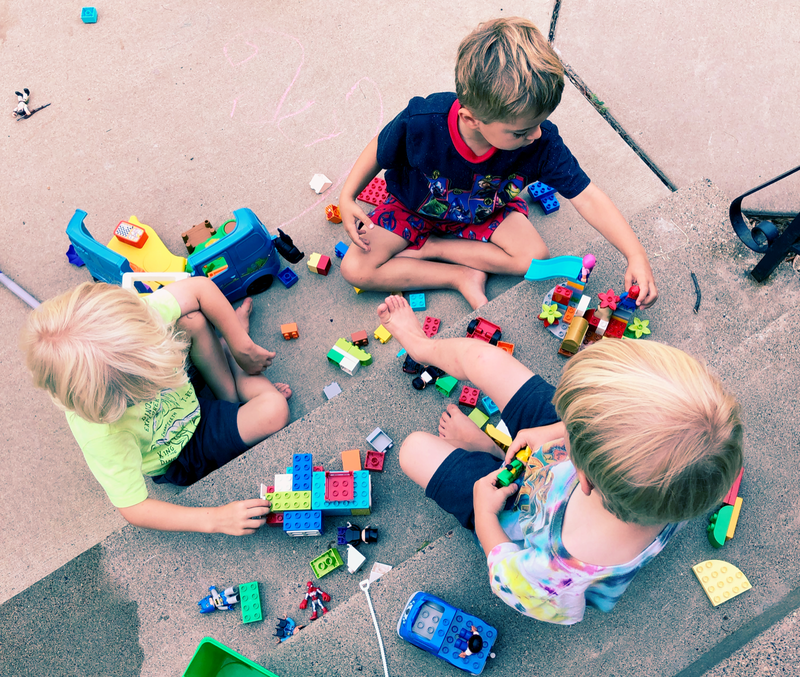
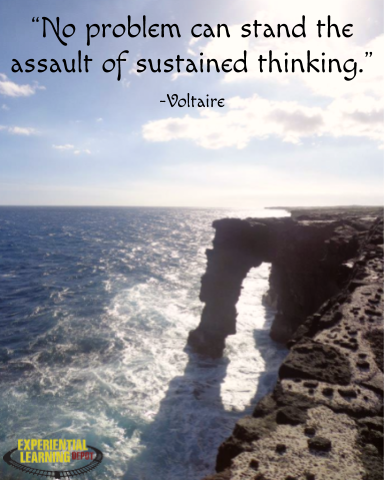


 RSS Feed
RSS Feed